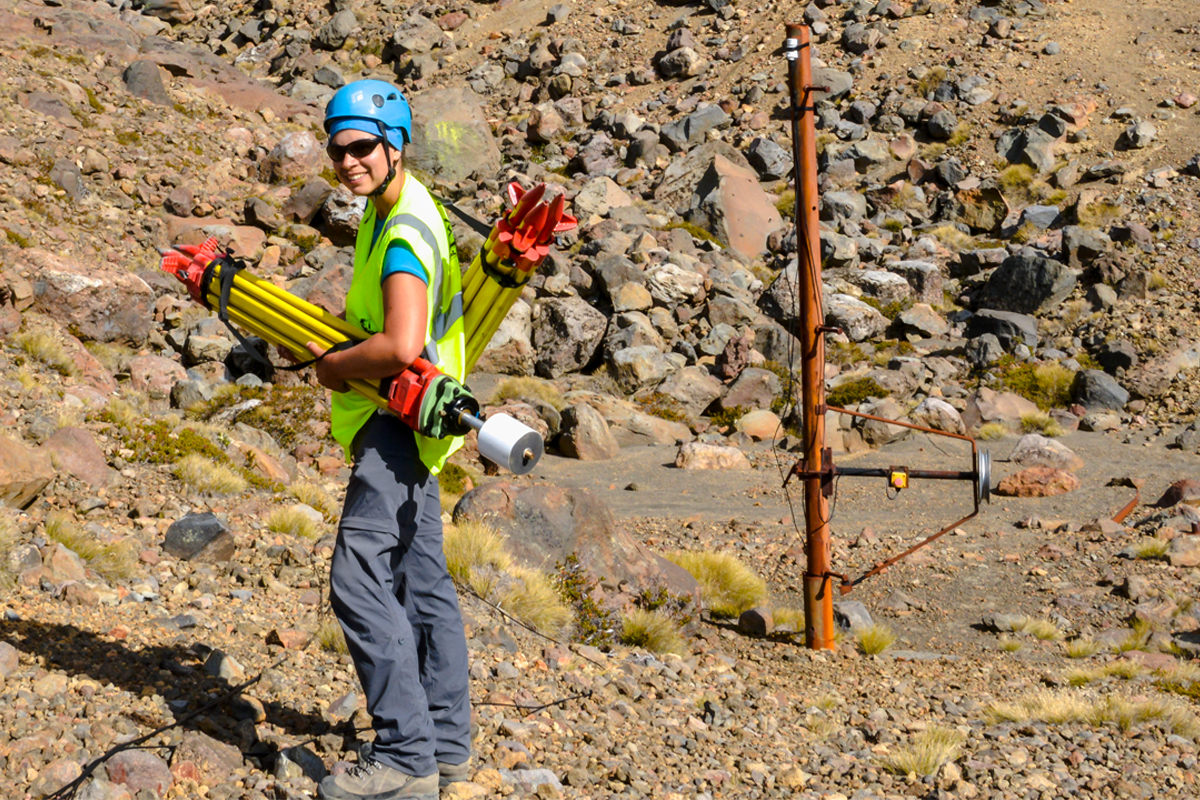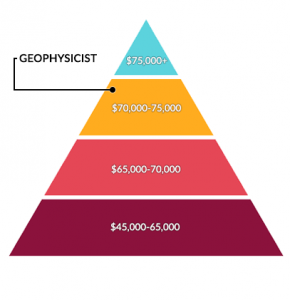All Categories
Featured
Table of Contents
- – How To Become A Geophysicist in Redcliffe Aus...
- – Marine Geology And Geophysics in Connolly Au...
- – Hydrographic And Geophysical Surveys in Bick...
- – Geophysicist in Darch Aus 2022
- – Uses For Geophysical Data in Wandi WA 2023
- – Geophysicist Job Description: Salary, Duti...
- – Geophysical And Geotechnical Assessment in...
How To Become A Geophysicist in Redcliffe Aus 2021
(2004 ). 2011. 2011.
Bozorgnia, Yousef; Bertero, Vitelmo V. (2004 ).; Grenier, Emmanuel (2006 ). Mathematical geophysics: an introduction to turning fluids and the Navier-Stokes formulas.
( 2001 ). Dynamic Earth: Plates, Plumes and Mantle Convection. Cambridge University Press. ISBN 0-521-59067-1. Dewey, James; Byerly, Perry (1969 ). "The Early History of Seismometry (to 1900)". Publication of the Seismological Society of America. 59 (1 ): 183227. Archived from the initial on 23 November 2011. Defense Mapping Firm (1984 ). (Technical report).
Marine Geology And Geophysics in Connolly Australia 2020
Retrieved 30 September 2011. Eratosthenes (2010 ). For Area Research.
Obtained 30 September 2011. Obtained 30 September 2011.:10.
Hydrographic And Geophysical Surveys in Bickley Aus 2022
The Earth's Electrical Environment. National Academy Press. pp. 232258. ISBN 0-309-03680-1. Lowrie, William (2004 ). Fundamentals of Geophysics. Cambridge University Press. ISBN 0-521-46164-2. Merrill, Ronald T.; Mc, Elhinny, Michael W.; Mc, Fadden, Phillip L. (1998 ). The Electromagnetic field of the Earth: Paleomagnetism, the Core, and the Deep Mantle. International Geophysics Series.
They likewise research modifications in its resources to provide assistance in meeting human demands, such as for water, and to forecast geological threats and dangers. Geoscientists use a range of tools in their work. In the field, they may utilize a hammer and chisel to collect rock samples or ground-penetrating radar equipment to look for minerals.
They likewise may use remote sensing devices to gather information, in addition to geographical information systems (GIS) and modeling software to evaluate the information collected. Geoscientists might supervise the work of service technicians and coordinate deal with other scientists, both in the field and in the lab. As geological difficulties increase, geoscientists may opt to work as generalists.
Geophysicist in Darch Aus 2022
The following are examples of kinds of geoscientists: geologists study how effects of human activity, such as contamination and waste management, impact the quality of the Earth's air, soil, and water. They also may work to fix problems connected with natural dangers, such as flooding and erosion. study the products, procedures, and history of the Earth.
There are subgroups of geologists also, such as stratigraphers, who study stratified rock, and mineralogists, who study the structure and composition of minerals. study the motion and circulation of ocean waters; the physical and chemical residential or commercial properties of the oceans; and the ways these residential or commercial properties affect coastal locations, environment, and weather condition.
They also research modifications in its resources to provide assistance in conference human demands, such as for water, and to anticipate geological dangers and threats. Geoscientists utilize a range of tools in their work. In the field, they may utilize a hammer and chisel to gather rock samples or ground-penetrating radar equipment to search for minerals.
Uses For Geophysical Data in Wandi WA 2023


They likewise may utilize remote picking up devices to collect information, in addition to geographic details systems (GIS) and modeling software to evaluate the data gathered. Geoscientists might monitor the work of technicians and coordinate deal with other scientists, both in the field and in the lab. As geological difficulties increase, geoscientists might opt to work as generalists.
The following are examples of kinds of geoscientists: geologists study how consequences of human activity, such as contamination and waste management, affect the quality of the Earth's air, soil, and water. They also may work to solve problems connected with natural hazards, such as flooding and erosion. study the products, processes, and history of the Earth.
There are subgroups of geologists as well, such as stratigraphers, who study stratified rock, and mineralogists, who study the structure and structure of minerals. study the motion and circulation of ocean waters; the physical and chemical properties of the oceans; and the ways these properties affect seaside locations, climate, and weather condition.
Geophysicist Job Description: Salary, Duties, & More in Cottesloe WA 2022
They likewise research study modifications in its resources to supply guidance in meeting human demands, such as for water, and to anticipate geological dangers and hazards. Geoscientists use a range of tools in their work. In the field, they may use a hammer and sculpt to gather rock samples or ground-penetrating radar equipment to look for minerals.
They also might use remote sensing devices to gather data, in addition to geographical info systems (GIS) and modeling software to analyze the data gathered. Geoscientists may supervise the work of specialists and coordinate work with other scientists, both in the field and in the laboratory. As geological challenges increase, geoscientists might choose to work as generalists.
The following are examples of kinds of geoscientists: geologists study how repercussions of human activity, such as contamination and waste management, affect the quality of the Earth's air, soil, and water. They also may work to resolve problems related to natural hazards, such as flooding and erosion. study the materials, procedures, and history of the Earth.
Geophysical And Geotechnical Assessment in Hocking Australia 2022
There are subgroups of geologists also, such as stratigraphers, who study stratified rock, and mineralogists, who study the structure and composition of minerals. study the movement and circulation of ocean waters; the physical and chemical homes of the oceans; and the methods these properties impact seaside areas, environment, and weather.
Table of Contents
- – How To Become A Geophysicist in Redcliffe Aus...
- – Marine Geology And Geophysics in Connolly Au...
- – Hydrographic And Geophysical Surveys in Bick...
- – Geophysicist in Darch Aus 2022
- – Uses For Geophysical Data in Wandi WA 2023
- – Geophysicist Job Description: Salary, Duti...
- – Geophysical And Geotechnical Assessment in...
Latest Posts
What Should I Do To Be A Geophysicist? in Subiaco WA 2022
Geophysicist - Jobs And Skills Wa in Midland Western Australia 2023
Career Guide: Geophysicist in Tapping Aus 2022
More
Latest Posts
What Should I Do To Be A Geophysicist? in Subiaco WA 2022
Geophysicist - Jobs And Skills Wa in Midland Western Australia 2023
Career Guide: Geophysicist in Tapping Aus 2022